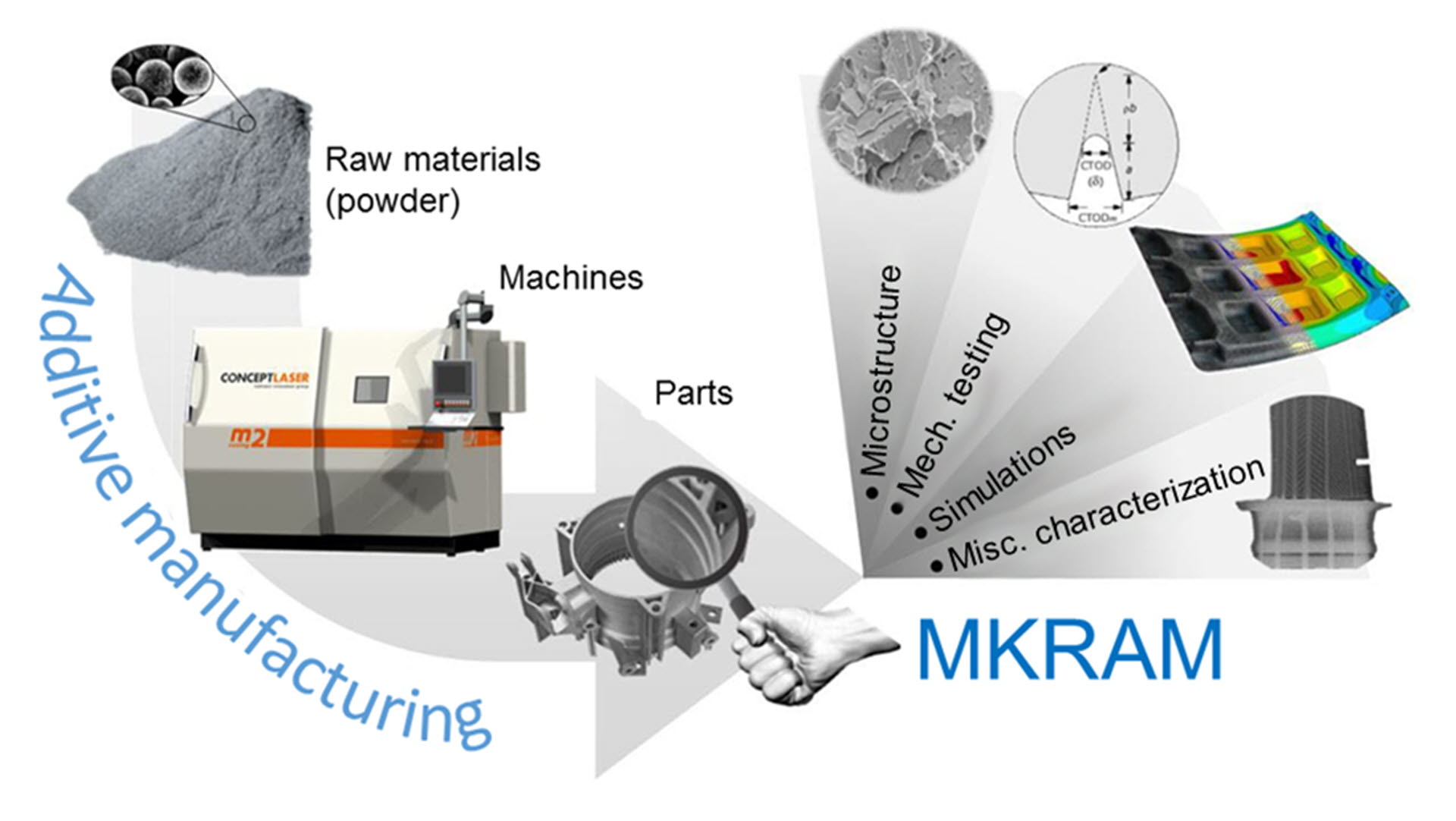In 2017, experts valued the global AM & materials market at USD 8.42 billion, a value that will be multiplied by 5 by 2023, with a CAGR of 26.86%, during the period 2018-2023.
According to the research company Research and Markets, key factors such as the demand for lightweight construction in Automotive and Aerospace industries will foster this growth. This is not really a surprise when we know that automotive and aerospace are part of the demanding sectors with regards to 3D printing applications.
“Additive manufacturing makes [the] design-driven construction a reality, enabling the production of complex structures that are stable, strong [and] light in weight (…). In the automotive landscape, [this growth is due to] the rigors of high-speed racing, the need to build complex geometries, and light weight construction. Further, major market players in the aerospace industry are investing in the development of additive manufacturing-based airplane components and parts.”
In the June issue of 3D Adept Mag, we highlighted the advantages and the limitations of the use of metal 3D printing in these two sectors.
Furthermore, among all 3D printing technologies, laser sintering will have a major market share. Even though it still very expensive, this technology allows a wide range of applications in the industry and the commercialization of high-quality products that preserve their mechanical properties compared to other technologies.
As for end-user industries, industrial manufacturing (semiconductors, consumer electronic, goods, and machinery components) is the area that will distinguish itself among others of the same range.

“As semiconductors are used in almost all electronics, it is necessary to design them with precision, for efficient and seamless functioning. The adoption of AM in semiconductors has led to a reduction in size and improved the finishing.”
Last but not least, in terms of regions, North America will remain the Highest Share in the Market. The affordability limitations posed by the premium pricing associated with 3D printing technology would be the primary reason that explain this forecast.
Further information can be read in the full report.
For further information about 3D Printing, follow us on our social networks and subscribe to our newsletter!
Would you like to subscribe to 3D Adept Mag? Would you like to be featured in the next issue of our digital magazine? Send us an email at contact@3dadept.com





